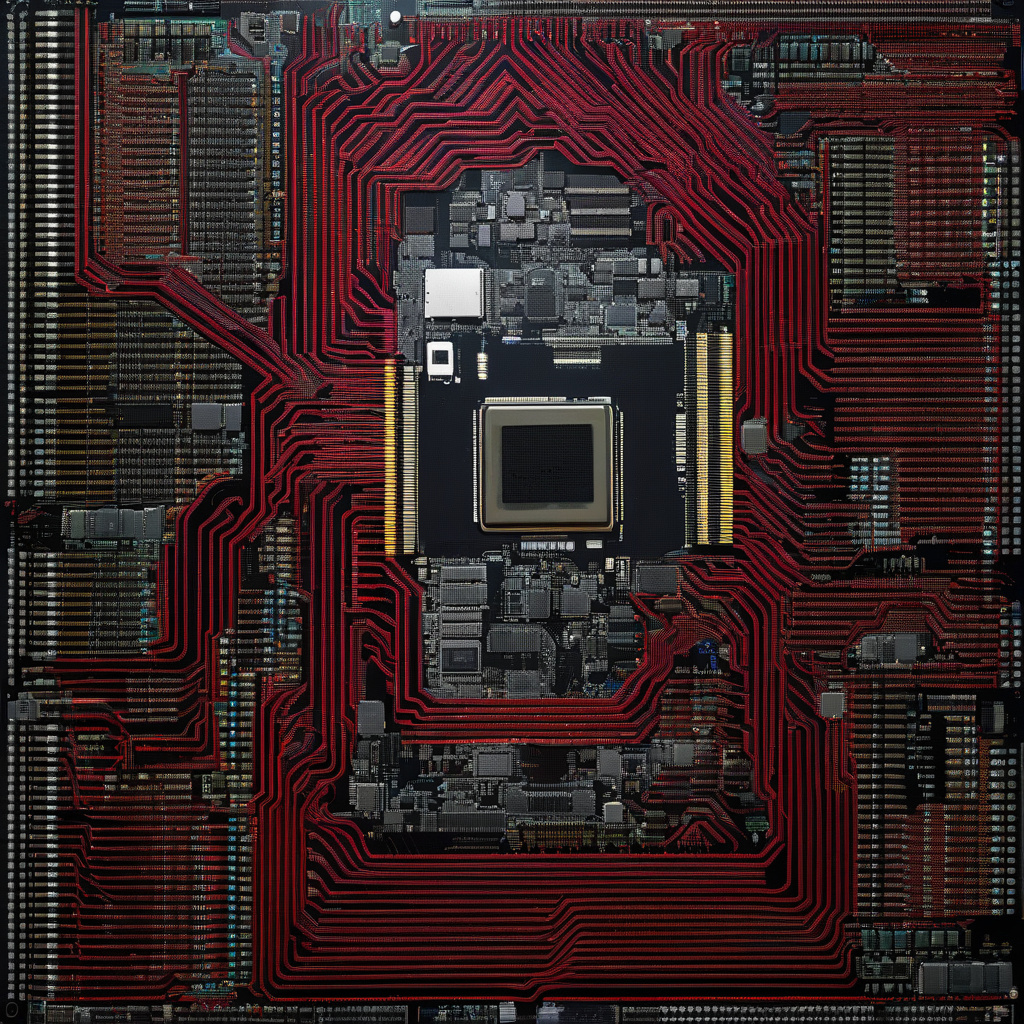In the ever-evolving landscape of cybersecurity threats, the emergence of the “Gunra” ransomware has caught the attention of IT professionals worldwide. Initially focused on targeting Microsoft Windows systems, this nimble cybercriminal gang is now setting its sights on expanding its reach to Linux systems with a new variant. This strategic shift towards a cross-platform approach signals a concerning development in the world of ransomware attacks.
Gunra’s decision to evolve and adapt by creating a Linux variant demonstrates a high level of sophistication and adaptability. By diversifying its target base to include Linux systems, the cybercriminal gang is broadening its potential victim pool and increasing the scope of its impact. This move underscores the importance for organizations to remain vigilant and proactive in their cybersecurity measures, regardless of the operating systems they use.
One of the key features that set Gunra apart is its utilization of multithread encryption, showcasing a higher level of technical complexity compared to traditional ransomware variants. This advanced encryption technique enables Gunra to encrypt files rapidly and efficiently, maximizing the impact of its attacks on targeted systems. The combination of sophisticated encryption methods and a cross-platform approach makes Gunra a formidable threat that organizations need to address promptly and effectively.
For IT and development professionals, the emergence of Gunra’s Linux variant serves as a stark reminder of the evolving nature of cybersecurity threats. It highlights the importance of staying informed about the latest trends in ransomware attacks and implementing robust security measures to protect against such threats. Proactive measures such as regular software updates, comprehensive security protocols, and employee training on cybersecurity best practices are essential components of a strong defense against ransomware attacks like Gunra.
As organizations navigate the complex landscape of cybersecurity risks, it is crucial to prioritize cybersecurity awareness and preparedness. Conducting regular risk assessments, implementing effective incident response plans, and leveraging threat intelligence tools can help organizations stay ahead of cyber threats like Gunra. By investing in a holistic cybersecurity strategy that addresses both current and emerging threats, organizations can enhance their resilience and protect their valuable data and assets from ransomware attacks.
In conclusion, the evolution of Gunra ransomware to include a Linux variant underscores the dynamic and adaptive nature of cyber threats in today’s digital environment. IT and development professionals must remain vigilant, stay informed, and continuously enhance their cybersecurity defenses to mitigate the risks posed by sophisticated ransomware attacks. By adopting a proactive and comprehensive approach to cybersecurity, organizations can strengthen their security posture and effectively safeguard against evolving threats like Gunra.

